2025 Global 100 list: World's most sustainable companies are still betting on a greener world
Corporate Knights
JANUARY 21, 2025
Corporate Knights Global 100 ranking of the worlds most sustainable firms, now in its 21st year, shows that the top firms continue to increase their investment in the green transition. Were finding that growth in sustainable revenues is outpacing all other revenues, says Toby Heaps, co-founder and CEO of Corporate Knights.


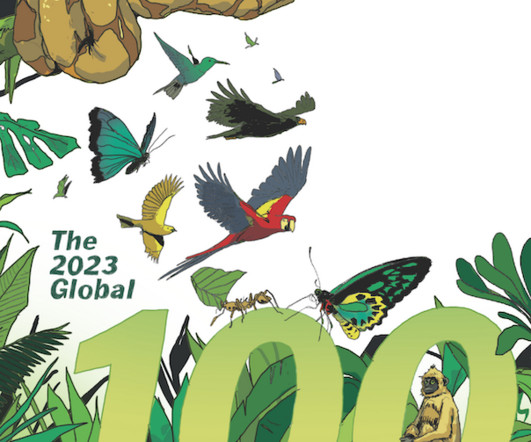

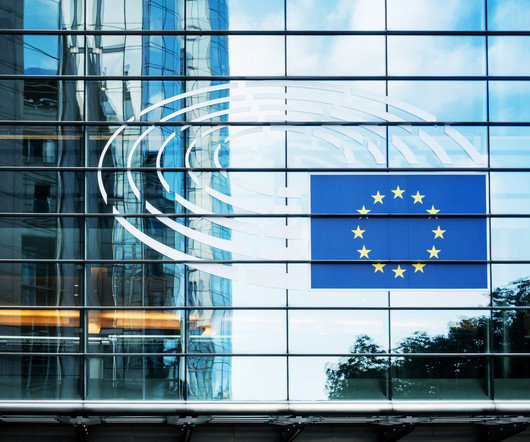
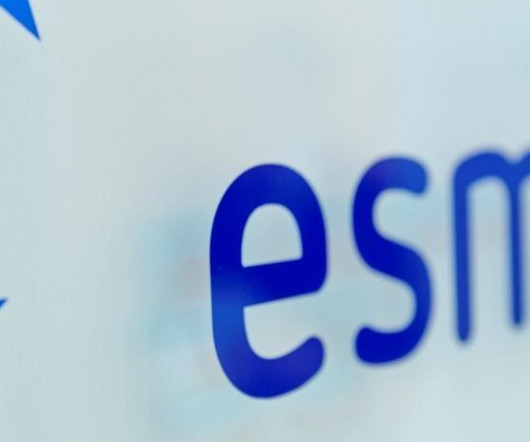


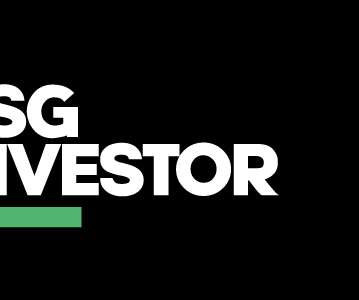






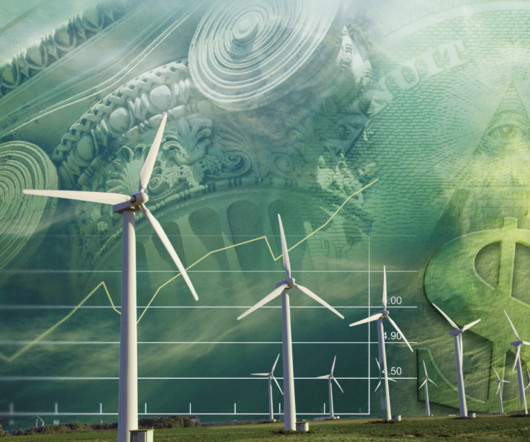






Let's personalize your content